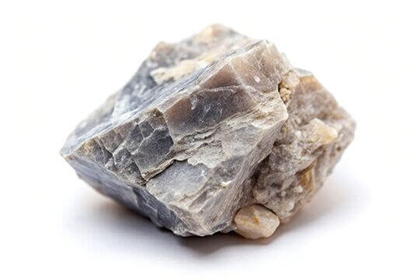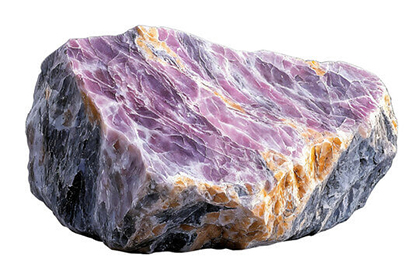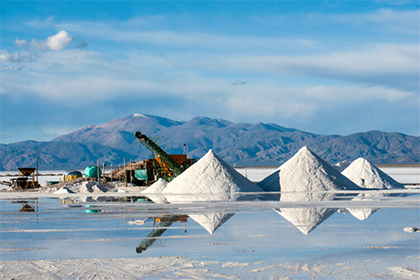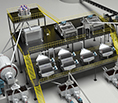How to Build a Coltan Processing Beneficiation Plant?
 Sheena
Sheena
 Feb 19, 2025
Feb 19, 2025
 283
283
If you want to know more details about equipment, solutions, etc, please click the button below for free consultation, or leave your requirements!
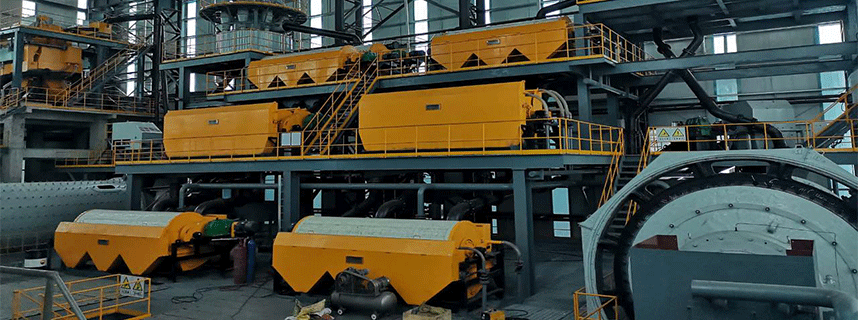
Coltan-ore-dressing-plant-equipment-diagram
Building a coltan ore beneficiation plant involves several critical steps to ensure efficient extraction and processing of columbite-tantalite minerals. Below is a comprehensive guide outlining the essential stages and considerations for establishing such a facility.
01Preliminary Steps
Back1. Feasibility Study: Conduct a comprehensive analysis to assess the economic viability, including market demand, supply chain logistics, and potential return on investment.
2. Site Selection: Choose a strategic location considering proximity to coltan deposits, accessibility, infrastructure availability, and environmental regulations.
3. Regulatory Compliance: Ensure adherence to local and international mining and environmental laws, obtaining necessary permits and licenses before commencing operations.
02Ore Analysis and Testing
Back1. Sample Collection: Gather representative ore samples from the mining site for analysis.
2. Laboratory Testing: Determine the ore's composition, grade, and mineralogical characteristics to inform the design of the beneficiation process.
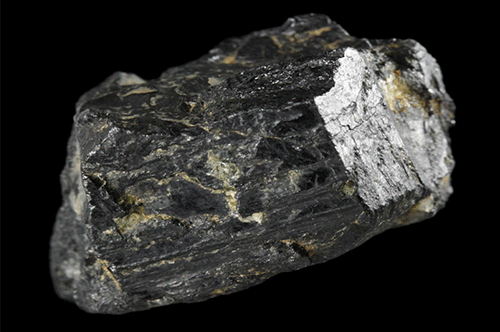
03Process Design and Equipment Selection
BackDesigning an effective beneficiation process involves several stages:
1. Crushing and Grinding: Reduce the ore size to liberate tantalum and niobium minerals. Equipment such as jaw crushers and ball mills are commonly used.
2. Classification: Separate particles based on size using classifiers or hydrocyclones to ensure uniformity in subsequent processing stages.
3. Gravity Separation: Utilize equipment like shaking tables, spiral chutes, and jigs to exploit the density differences between coltan and gangue minerals, effectively concentrating the ore.
4. Magnetic Separation: Employ magnetic separators to remove magnetic impurities, enhancing the purity of the coltan concentrate.
5. Flotation (if applicable): Incorporate flotation cells to separate fine coltan particles from associated minerals when gravity separation is insufficient.
6. Dewatering and Drying: Remove moisture from the concentrate using dewatering screens and rotary dryers, preparing it for further processing or sale.
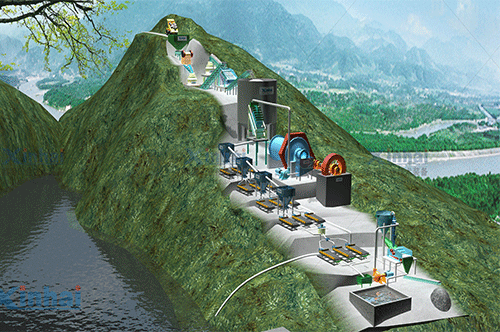
04Plant Layout and Infrastructure
Back1. Design Layout: Develop a plant layout that optimizes material flow, minimizes handling, and ensures safety.
2. Utilities Installation: Set up essential services, including power supply, water systems, and waste management facilities.
3. Storage Facilities: Construct storage areas for raw ore, processed materials, and waste products, ensuring they are secure and environmentally compliant.
05Environmental and Social Considerations
Back1. Environmental Impact Assessment (EIA): Conduct an EIA to identify potential environmental risks and develop mitigation strategies.
2. Sustainable Practices: Implement measures to minimize water usage, manage tailings responsibly, and reduce emissions.
3. Community Engagement: Engage with local communities to address concerns, provide employment opportunities, and contribute to local development.
06Operational Considerations
Back1. Staff Recruitment and Training: Hire qualified personnel and provide training on plant operations, safety protocols, and maintenance procedures.
2. Quality Control: Establish a quality control system to monitor the beneficiation process, ensuring consistent product quality.
3. Maintenance Planning: Develop a maintenance schedule to ensure equipment longevity and prevent unscheduled downtimes.
07Economic and Market Analysis
Back1. Cost Estimation: Calculate capital and operational expenditures, including equipment costs, labor, utilities, and maintenance.
2. Market Research: Analyze current market trends for tantalum and niobium, identifying potential buyers and pricing strategies.
3. Financial Planning: Develop a financial model projecting cash flows, profitability, and return on investment over the plant's expected lifespan.
08Continuous Improvement and Scaling
Back1. Process Optimization: Regularly review and optimize the beneficiation process to enhance efficiency and recovery rates.
2. Technology Upgrades: Stay informed about technological advancements in mineral processing and integrate relevant innovations.
3. Scaling Operations: Plan for potential expansion based on market demand, ensuring that scaling efforts align with environmental and social responsibilities.
Establishing a coltan ore beneficiation plant is a multifaceted endeavor requiring meticulous planning, adherence to environmental and safety standards, and a commitment to operational excellence. By following the outlined steps, stakeholders can develop a facility that is both economically viable and socially responsible, contributing positively to the global supply chain of critical minerals.
 +86 18716000713
+86 18716000713 xlyin@xinhaimining.net
xlyin@xinhaimining.net



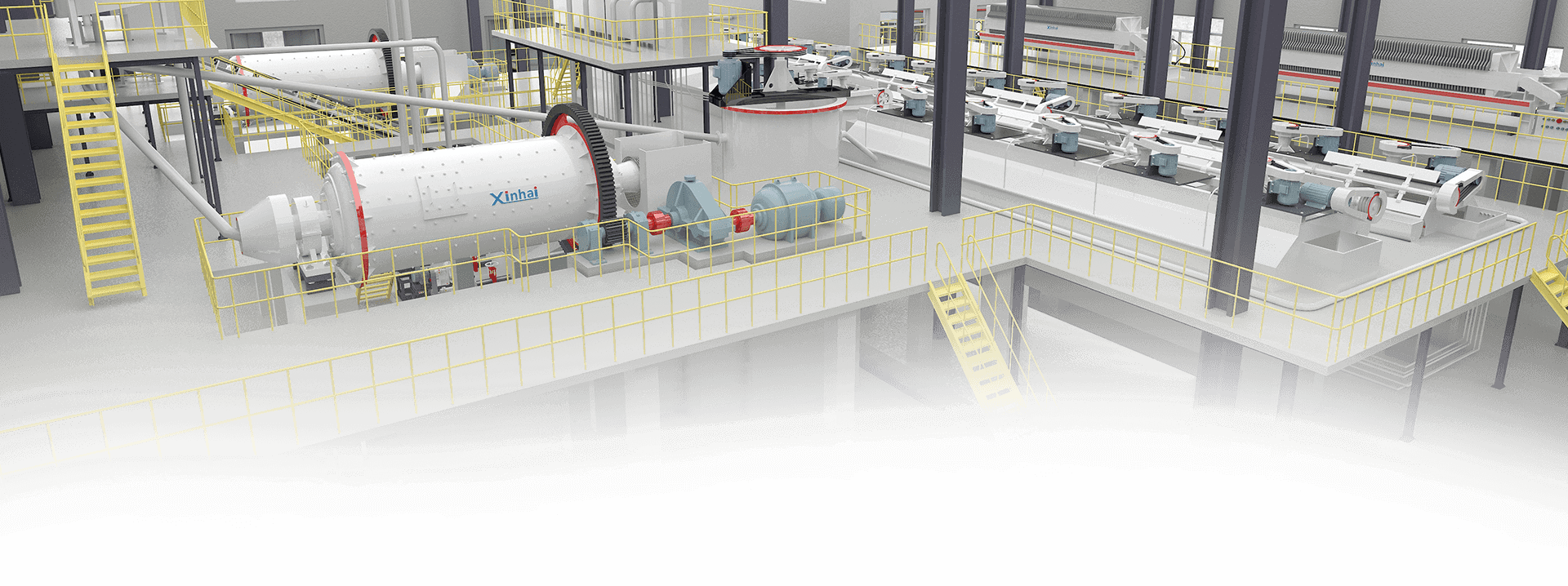
 Message
Message Chat Now
Chat Now


